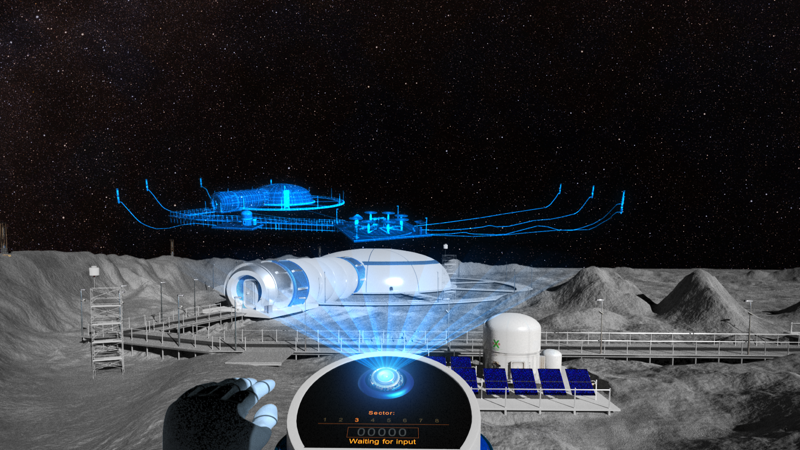
The Electricity, Magnets & Movement Show
See how we create and use electricity in this spectacular live physics show.
Set in the high voltage Lightning Theatre, this curriculum-aligned show for secondary school students explores the relationships between electricity, magnets and movement and how they are applied in devices such as generators, electromagnets and electric motors.
Students will experience
- Demonstrations that show how moving a magnet near a metal coil can generate electricity.
- Large props that show how electromagnetism is used in every-day items like drills and speakers.
- Hands-on demonstrations with volunteers, showing the surprising ways that we can make temporary magnets using electricity.
- Spectacular two-million-volt lightning bolts, created by a gigantic Tesla coil.
- An energy race in which students compete to produce the most energy using hand crank generators.
Students will learn
- How movement energy can be used to create electrical energy.
- How magnets, movement, metal coils and electricity interplay to create motors, generators and electromagnets which are used in everyday devices.
- That coal, wind or water can be used to spin a turbine and generate electricity.
- That electrical energy can be turned into movement and sound in motors and speakers.
- That electromagnets can be turned off and on.
Other key information
- Students with pacemakers or cochlear implants can attend this show safely, however they may be asked not to volunteer for certain demonstrations.
Availability
Terms 1–4, Monday to Friday
Duration: 30 minutes
Student information
Years 7 to 10
Minimum 15 students
Maximum 118 students
Bookings
$10 per student + education service fee
Call 13 11 02 or submit an online booking request
Lightning Theatre
Presented by a museum educator
Victorian Curriculum Links
Science: Levels 7 and 8
Physical sciences
-
energy exists in different forms, including thermal, chemical, gravitational and elastic, and may be classified as kinetic or potential; energy transfers (conduction, convection and radiation) and transformations occur in simple systems and can be analysed in terms of energy efficiency (VC2S8U15)
Science: Levels 9 and 10
Physical sciences
-
electricity can be generated as alternating current (AC) using magnets (via turbines turned by wind, water, tides or steam that is generated by the combustion of oil, gas or coal or by nuclear energy) or as direct current (DC) using photovoltaic cells or batteries (VC2S10U16)
Accessibility
Please view our accessibility page for general information. Contact our team on 13 11 02 or email us at [email protected] to discuss how we can support your visit.
Museums Victoria Learning Access Fund
The Museums Victoria Learning Access Fund aims to enhance access to our museums (Melbourne Museum, Scienceworks and Immigration Museum), programs and events by offering free or subsidised education programs for eligible schools. Find out more about the fund.

Sign-up to Museum Teachers
Subscribe and get special offers, teacher news and free entry to all museums.













